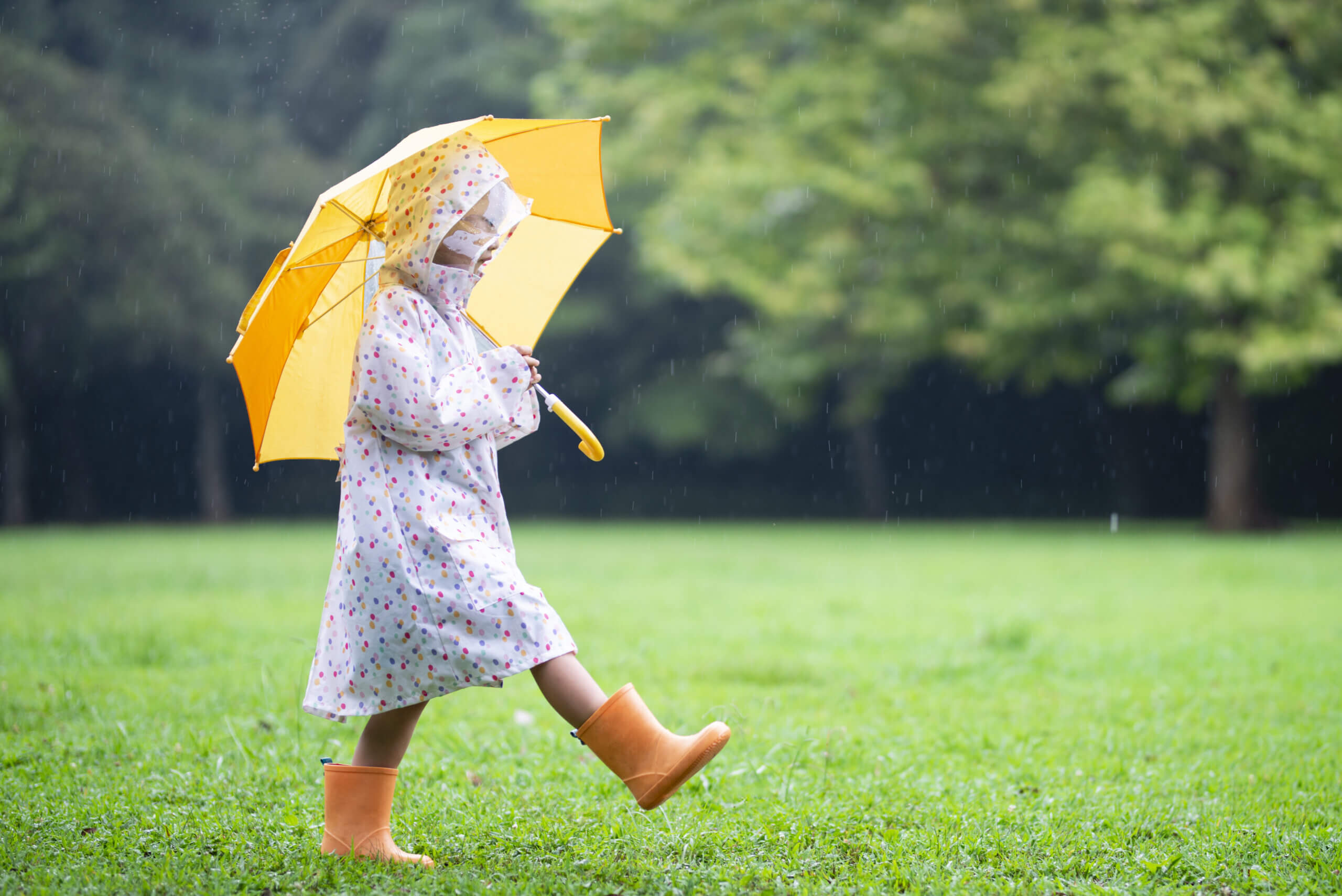
How to Water Your Lawn During Summer Showers
If you have spent a summer in Florida, you know how hot it can get during the day. However, the weather can be unpredictable at this time of the year, with plenty of rain and thunderstorms. This can make it challenging to water your lawn properly. The last thing you want is to overwater or underwater your lawn, potentially ruining it before the season is out. Here’s what you need to know to stay on top of your lawn irrigation this summer.
Summer Irrigation Tips to Water Your Lawn
The specific watering schedule you’ll need to follow will depend on a number of factors. This includes the type of grass, type of soil, shade level, and amount of rainfall. However, there are some generalities that will give you a baseline starting point. When there is no rain, you’ll typically want to water your lawn three or four times a week, giving the grass about 3/4 of an inch of water in each session. Putting your sprinkler system on a timer can help you stay on top of the ideal watering schedule for your lawn. However, you’ll need to monitor the weather closely so that you know when you need to adjust the schedule.
When it does rain, you may or may not need to water your lawn. Because the weather can be so unpredictable, it is difficult to gauge just how much water your lawn is getting. Oftentimes, rainstorms can be intense, but short in duration, with the sun coming right back out afterward. In these cases, the rainwater can evaporate before it has time to really soak down into the soil and reach the roots. If a storm doesn’t last long, you’ll still likely need to use your sprinklers, though you may be able to skip them if it rains for several hours.
Regardless of the weather conditions, it is always best to water your lawn during the cooler parts of the day. When using your sprinklers, stick to watering overnight when the sun isn’t shining. This way, the water will have plenty of time to soak in before the sun and heat are in full force, leading any remaining moisture to evaporate.
Monitor Your Lawn’s Condition
As we mentioned before, you can damage your lawn by giving it either too much water or not enough. To keep your lawn in the best possible condition during the summer, it is important to know the signs that your lawn is unhealthy so that you can adjust your watering schedule as needed.
When you give your lawn too much water, the soil won’t be able to drain adequately between waterings. This can lead to areas of standing water in the midst of your lawn. While this may not seem like that big of a deal, it can lead to fungus growth, both in the ground like mushrooms and on the blades of grass themselves. This can prevent your lawn from getting the nutrients it needs, causing it to wither and die over time. You might also spot mosquitos and other insects congregating around any standing water, potentially posing a risk to you and your loved ones.
Not watering your lawn enough, on the other hand, can leave your grass brown and brittle. You might also notice that individual blades of grass fold in on themselves. This reduces their surface area to protect them from the heat of the sun. As you walk around on the grass, your footprints should spring back up within a minute or two. If they don’t, it is a clear sign that your lawn is not getting enough water. If you hear crunching sounds underfoot as you walk, that is also a clear indicator that you are underwatering.
Repair Damage to Your Lawn
If the damage to your lawn from too much or not enough water is too severe to remedy by changing your watering schedule, you can replace any patchy areas with fresh sod. Here at Duda Sod, we have a wide range of replacement sod for sale, and we can help you select the perfect sod for your property. Whether you are looking for Zoysia sod, empire turf, Bahia grass, or any other type that grows well in Florida, you can count on our sod company to provide it. Get in touch with us today to get started!